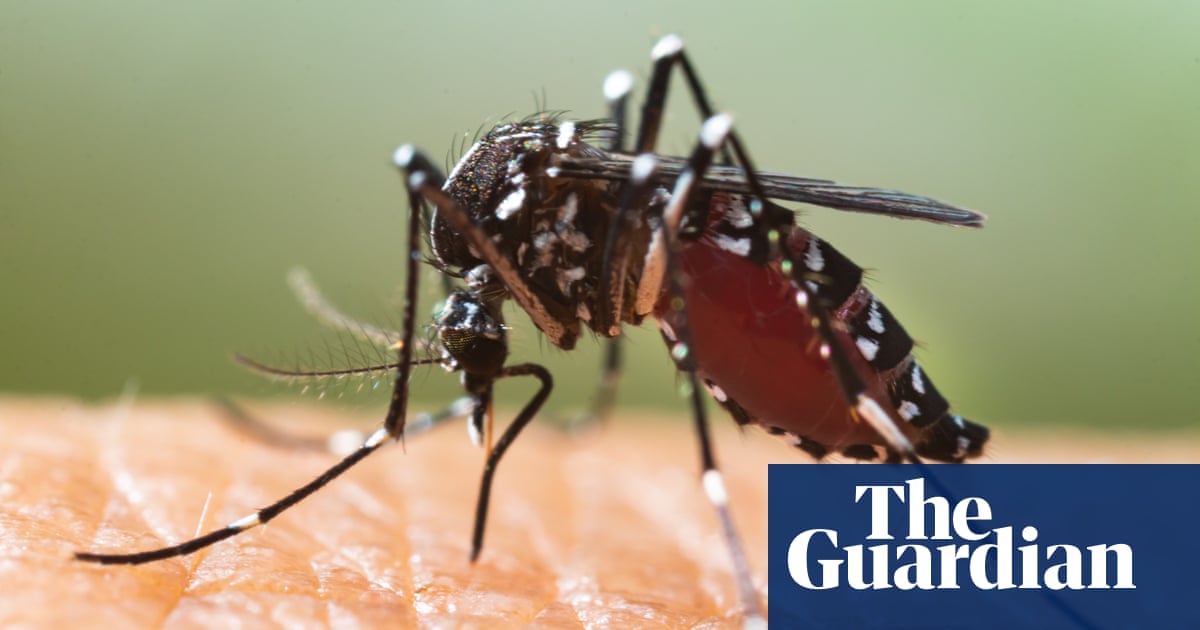
Report: Virus behaves like autoimmune disease in many of those infected
Long-term effects primarily experienced by those of working age, disproportionately affect women
LONDON: The lasting effects of COVID-19 on survivors could lead to a more serious public health problem than the excess deaths caused by the disease, a leading UK scientist has warned.
Tim Spector, professor of genetic epidemiology at King’s College London, said data gathered from 4 million patients via a smartphone app indicated that about one in 50 people who contracted the virus still had symptoms three months later.
According to Spector’s findings, published on Monday in a report by the Tony Blair Institute for Global Change, those suffering from “long COVID” experienced breathlessness, chronic fatigue, muscle aches and an inability to concentrate, often long after initially falling ill with the virus.
These symptoms, the study found, were most prominent among people of working age and affected women more often than men.
According to the report, about 10 percent of those suffering with COVID-19 symptoms had them for a month, and 1.5-2 percent still experienced them after three months.
Globally, that amounts to millions of people living with a host of under-researched symptoms.
COVID-19 often appears to behave more like an autoimmune disease, affecting several aspects of the body’s defenses against infection, Spector said.
The app data revealed how “a great many people didn’t get better after two weeks as expected. We kept following them and found out that a significant number still had problems after months,” he added.
“This is the other side of COVID: The long-haulers that could turn out to be a bigger public health problem than excess deaths from COVID-19, which mainly affect the susceptible elderly.”
He said little attention was paid to the vast majority of people who were not hospitalized with the virus — up to 99 percent of infections — at the start of the pandemic, but many of them are now likely to be experiencing “long COVID.”












